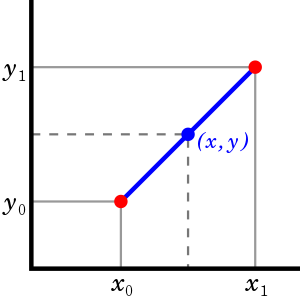Sport Pilot
Pre-takeoff checklist
I am having difficulty and struggling in trying to find a effective method in determining figures for pressure altitude.
It is easy if the number is 29.4, but much more difficult if the number is 29.38.
Any help or guidance would be greatly appreciated.
It is easy if the number is 29.4, but much more difficult if the number is 29.38.
Any help or guidance would be greatly appreciated.


